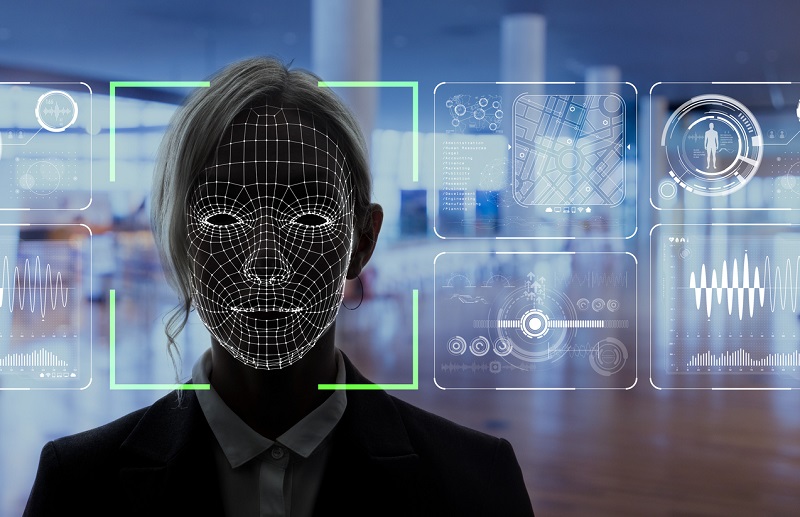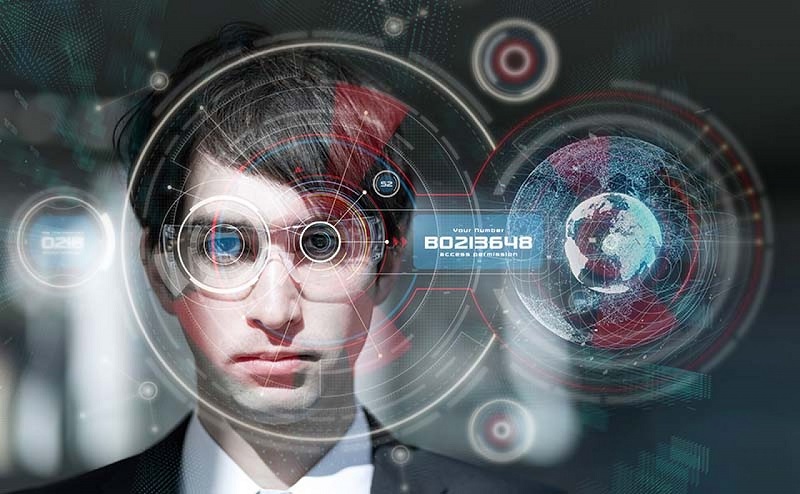As the technology progresses, machines are becoming more and more sophisticated, the tools we use more and more intricate, and the currently very debated and discussed "AI" is being introduced into every aspect of our lives. Artificial Intelligence has an incredibly big number of applications in today’s society. It is being used in aviation, computer science, education, finances, ecology, healthcare, heavy industry, marketing, e-commerce, customer service, transportation, and one could go on for hours like this, only listing the industries in which Artificial Intelligence is prominent.
Being so widely used to enhance the professional lives of so many, it is no wonder that Artificial Intelligence has infiltrated the job search and recruitment markets. Nowadays, there are lots of services that offer their own-made AI-enhanced programs to help with the job search and recruitment-related tasks.

"The biggest question about Artificial Intelligence in the Job Search is not whether to use it or not, rather to what degree we should limit its usage. AI is already being used to great extents in every aspect of this market, and our main task is to take a step back, reflect on how automatization influences the market, and ask ourselves whether any drastic measures should be taken.” - says Brenda Sommers, a recruiter at Skillroads.
Keeping this in mind, lets attack this topic (or is it an issue?) of enhancing job hunt and try to answer the questions posed. And first of all, we have to examine the use of AI-backed programs in recruitment as a whole and then every important element of it.
The AI-backed Hiring
To kick things off, let us discuss how from which entry point AI infiltrated the job search/hiring market to become a staple of the "genre". The entry point was Applicant Tracking Systems; this is the point at which the infiltration began. In their essence, ATS is not something special, which is used by 98% of giant companies; they are just databases and management systems that relieve HR departments of dull and repetitive work. However, with the introduction of AI-based technology to the problem of application tracking, the systems acquired much greater usability and flexibility than that of a simple database:
Resume Evaluation
Now AI-based ATS can not only hone in on a certain set of keywords in a resume but also understand what the recruiter is looking for exactly and ensure that candidates who have simply used different wording are not overlooked.
Scheduling
AI-powered programs are capable to review HR department members’ schedules so that interviews with candidates can be set up immediately within the body of the emails (which are also generated by the program), preventing scheduling mishaps.
Sourcing
AI/ATS software can be easily employed to evaluate the effectiveness and validity of different sources, reviewing data and reporting things like new employee turnover from each source and the number of qualified candidates that applied.
"Applicant Tracking Systems (recruiter databases) use keywords, word flows, and other data points to analyze and prioritize the thousands of resumes they receive online for each posted position. As employers use increasingly complex technology to this end, expect firms to monetize these same tools by repurposing them for job hunters, enabling more effective applications through predictive analytics.” - Scott Singer, Insider Career Strategies.

Facial recognition software and all of the other “good” stuff
Now that we have briefly examined the most common use of AI in recruitment, but let us dive into the more “exotic” uses. Nonetheless, denoting them as exotic is not correct, as a big number of companies already adopted them. These recruitment techniques are considered exotic only by the masses, which still think HR officers get to see every application.
"AI serves both candidates and employers as both struggle to access humans. One tosses an electronic application into the bottomless abyss. The other sorts through mountains of unmanageable data. Both are searching for the perfect fit. As automation advances and highly relevant analytics are leveraged, employers and candidates will increasingly focus on what matters most, a mutually great fit.” - Terry Hoffmann, Hoffmann Coaching.
Your Digital Footprint
Artificial Intelligence can gather additional information about an applicant and give a fuller picture to the employee. How? Well, an AI-sourcing program, for example, does not have access to just applicant’s resume; it also has access to applicant’s social media. Even if an applicant indicates only their profile in a professional network, by extension a sourcing program has basically access to all of the applicant’s online profiles.
After having received a much greater amount of information than a simple resume could ever give, the program will try to make as many contextual connections to determine whether you are a good fit for the job or not. For example, you have attended a lot of banking seminars over the past few years? Well, a more financially-oriented position will definitely boost your morale.
Sadly, this is the future we created for ourselves, all of our social networks, our Twitter, Facebook constantly being monitored.., sound like something out of “1984”. The only way to avoid this is to quit all these networks completely, for example, if you do not want to be in the NameTag database, then you will have to opt out of it. Nonetheless, when the Iris ID technology will get popularized throughout the world, there will be no disconnecting.

AI Predictive Analytics
Evaluating your digital activities is just a part of a bigger applicant assessment technique, called ‘personality screening’. This extremely effective tool measures personal traits and characteristics, such as flexibility, irritability, proneness to stress, excitability, and so on. This is achieved through analysis of reports from prior employment, the field of work itself, and the results of an AI-enhanced or even completely AI-based interview.
In the aftermath, the applicant will be matched with a specific personality type and the applicant’s suitability for a specific work environment will be determined. This allows employers to choose only the best candidates.
"We are likely to make recruitment decisions based on chemistry, mood or context rather than on skills, suitability for the role or level of emotional intelligence,” says Yi Xu, CEO at Human. Human Artificial Emotional Intelligence (AEI) is one of the solutions for predictive analytics and now a part of the recruitment process of many big companies, such as Workable. However, completely relying on this system would be a mistake, as it has shown constantly and reliably in the past to reinforce bias in the case of Amazon.
Digital interview
We have already examined how Artificial Intelligence handles big bundles of data, creates informational links, analyses suitability, and prognoses future performance of an employee. However, we did not uncover the most interesting recruitment “trick” and that is facial recognition technology. Yes, you heard me right, a facial analysis is being employed in the hiring processes.
Your potential employee will analyze your face, before you will have any chance at an employment. Do you like to lie? Fake a smile? Are you easily bored? Well, you are in trouble, because this advanced software picks up easily all of the facial expressions, changes in vocal tone, peculiarities of your word choice, verbal and non-verbal cues, and so on. There is no escape; in this kind of an interview, you will have to tell the truth, the whole truth, and nothing but the truth.
Machine learning facial recognition is abundant nowadays, just look at all of the automated interview services, such as IDVerity, Montage, and HireVue interview. As one such example could serve Unilever, which has been hiring employees using this exact technology. Other use of this would be FBI facial recognition. They use this technology on both suspects and potential employees.